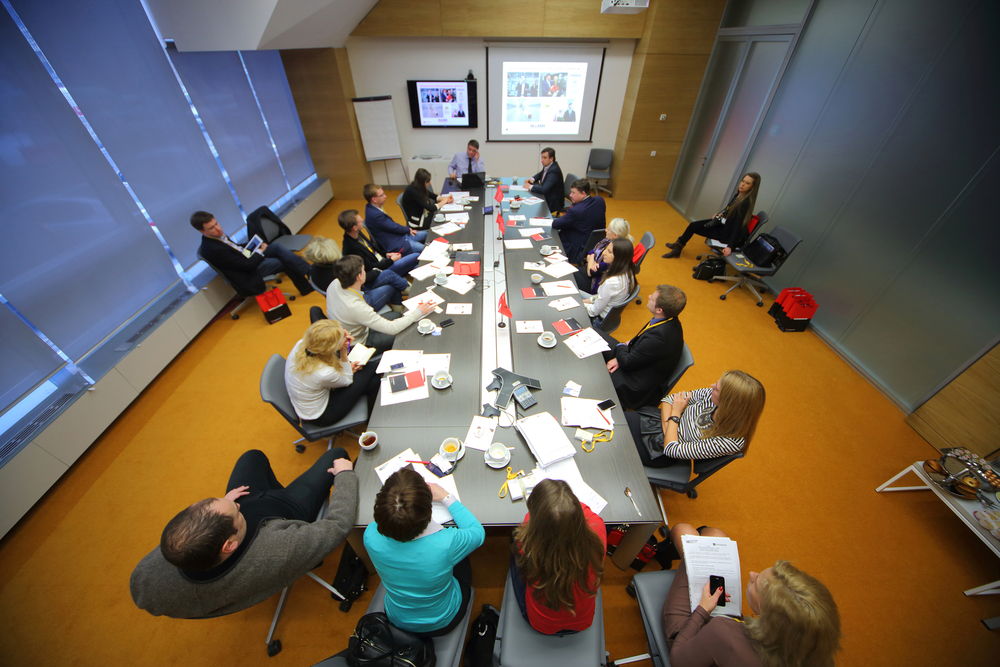The meeting room has long been regarded as an area within an organisation where productivity can always be improved. Meetings – regardless of their purpose – take up a great deal of time within the work week and, as a result, should be as effective, efficient and productive as possible. Internal meetings, presentations, brainstorming sessions, client gatherings and catch up conferences are integral to a company’s success and, given the prevalence and focus on collaboration, how can productivity be guaranteed?
The short answer is through the use of technology. However, it’s not as easy as dropping in a solution and hoping for the best. There are a number of things to consider; so with the sheer amount of products and solutions on the market, as well as the convergence of emerging trends, where should you begin?
> See also: A third of meetings use mobile
Start with your workforce. In today’s business environment it is safe to say that the use of laptops, smartphones and tablets is commonplace so it is crucial that this technology is able to integrate with any meeting room equipment so that it can properly support its users.
Consider that market intelligence firm IDC predicts that the use and sales of smartphones and tablets will rise in 2015 with mobile device and app sales reaching $484 billion, and the importance of this interoperability becomes clear. Furthermore, analyst Gartner forecasts that there will be an increased emphasis on serving the needs of the mobile user in diverse contexts and environments.
These devices and technologies serve to make the workforce more flexible, more efficient and more mobile. While they do benefit users, in a meeting room setting the use of different smartphones, tablets and laptops with different operating systems can present a significant technological barrier – a challenge to productivity and running an effective meeting.
Ideally the meeting room equipment – such as a screen and presentation machine –must be able to support these different devices, as well as different operating systems, Android, iOS and Windows, without the need for cables, connectors and specialised adaptors, or the reconfiguration of settings. This can be accomplished through wireless or USB technology, which can connect users to the shared screen.
> See also: One true voice: approaching unified communications
In addition, information, video, audio and graphics should be presented in the same resolution and quality as it appears on the host device, something that is particularly important for industries in the media, marketing and advertising space. In addition, several people often need to share the common screen at the same time, for training, presentation or participation purposes, and having a technology that enables them to do this is key. More than that, however, is the ability for many participants to be able to display their screen on the shared monitor quickly and easily, with the simple click of a button.
Furthermore, the meeting room technology should also be easy to use and maintain from an IT department’s point of view. Technology needs to be constantly patched and upgraded in order for it to work optimally. As a result, equipment with a web-based interface will ensure that these updates can be performed remotely by the IT department, which is especially beneficial for an organisation that has several meeting spaces.
There is little doubt that technology can deliver significant benefit to business – especially in the context of the meeting room. With more organisations embracing trends such as collaboration, mobile working, flexible hours and BYOD, it is becoming ever more important to ensure that technology within the business is actually an enabler and doesn’t instead present challenges to productivity and efficiency. As a microcosm of the organisation, the meeting room is the ideal place to begin.
Sourced from Jan Willem Brands, General Manager Collaboration, Barco







